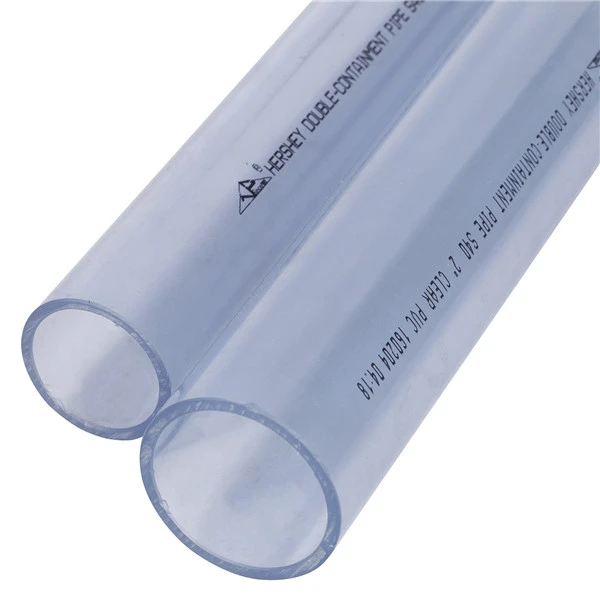Sep . 30, 2024 07:42 Back to list
Properties and Applications of Polyethylene Welding Rods for Effective Joining Techniques
Understanding Polyethylene Welding Rods An Essential Guide
Polyethylene, a widely used thermoplastic, is valued for its durability, chemical resistance, and versatility. When it comes to joining polyethylene parts, welding is one of the most efficient methods. This process is often facilitated by using polyethylene welding rods, which are specifically designed to fuse polyethylene materials effectively. In this article, we will explore the features, applications, and techniques related to polyethylene welding rods and how they contribute to creating strong, lasting bonds.
What are Polyethylene Welding Rods?
Polyethylene welding rods are made from the same material as the polyethylene parts they are intended to join. Typically, these rods come in various diameters, generally ranging from 1.5 mm to 6 mm, and lengths that can be customized based on project requirements. The rods can be manufactured from different types of polyethylene, including Low-Density Polyethylene (LDPE) and High-Density Polyethylene (HDPE), each serving specific applications depending on the desired strength and flexibility.
The primary function of these rods is to serve as filler material during the welding process. When heated, the welding rods melt and flow into the joint between two polyethylene surfaces, cooling and solidifying to form a strong bond. One of the key advantages of polyethylene welding rods is that they share the same properties as the base material, ensuring compatibility and maintaining the integrity of the bond.
Applications of Polyethylene Welding Rods
Polyethylene welding rods are used in various industries and applications, owing to the versatility of polyethylene itself. Some of the most common uses include
1. Plastic Fabrication In the manufacturing sector, polyethylene welding rods are essential for creating plastic structures, tanks, pipes, and fittings. Their ability to weld seamlessly allows for robust product designs that require specific shape and functional integrity.
2. Marine Applications Boats, docks, and other marine-related structures often use polyethylene due to its resistance to water and corrosion. Welding rods are utilized to repair or fabricate these components in shipyards and marine facilities.
polyethylene welding rod

3. Agricultural Systems Irrigation systems, water tanks, and other agricultural equipment often rely on polyethylene welding to ensure leak-proof connections. The toughness of the welding rods assures durability, even in harsh environmental conditions.
4. Chemical Storage Polyethylene's resistance to a wide variety of chemicals makes it an ideal choice for tanks and containers. Welding rods allow for the construction or repair of these structures, ensuring that they remain impermeable to stored substances.
Techniques for Welding with Polyethylene Welding Rods
Several welding techniques can be employed when using polyethylene welding rods, with the choice dependent on the specific requirements of the project. Some of the most common methods include
1. Hot Air Welding This technique involves using a hot air tool to heat both the base material and the welding rod simultaneously. Once the materials reach the appropriate temperature, the rod is introduced into the joint, allowing for a secure bond.
2. Extrusion Welding In this method, the welding rod is fed through a heated nozzle, melting it as it is extruded into the joint. This technique is favored for larger applications where precision and speed are critical.
3. Collision Welding This is a less common method where polyethylene parts are heated simultaneously and then pressed together, allowing the molten material to merge. The use of welding rods can enhance the strength of the joint further.
Conclusion
Polyethylene welding rods play a critical role in the successful welding of polyethylene materials across numerous industries. Their compatibility with the base material, coupled with the various welding techniques available, makes them a preferred choice for manufacturers and fabricators. By understanding the properties and applications of these welding rods, professionals can create strong, durable joints, ensuring quality in their products while maximizing efficiency in their operations. As the demand for polyethylene continues to grow, so too will the importance of effective welding techniques and materials, heralding a brighter future for plastic fabrication.
-
Transparent PVC Pipe: Clear Flexible Tubing for Fluids
NewsAug.09,2025
-
Durable PP Rigid Sheet: Versatile & High-Quality Plastic Panels
NewsAug.08,2025
-
Premium Glossy PP Rigid Sheet – Durable & Versatile
NewsAug.07,2025
-
High-Quality HDPE Sheet | Durable Plastic Panels
NewsAug.06,2025
-
High-Precision PVC Rigid Sheets for Vacuum Forming | AI-Optimized
NewsAug.05,2025
-
Durable PVC-M Water Supply Pipes | 60-Year Life
NewsAug.04,2025

